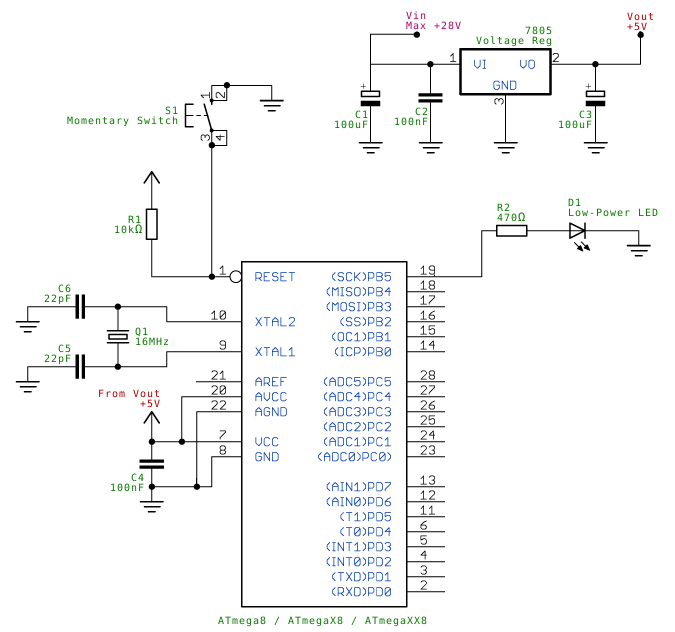
where ID is a buzzer number and 1 means on

What is BOA…..Its not Business Oriented Architecture. Even though some people make business out of it and they are called PIMPS. PIMP is not a short form for anything, I am capitalizing it so that people continue to read at least a few lines and they don’t think that this is another crappy blog post of mine.
So what is this BOA? What is this thing that Pimp can leverage to make money. Well BOA is a concept in the world of business, a world about which B Schools haven’t published any white paper or have done extensive research to apply their crappy laws . BOA stand for Bitch Oriented Architecture. It’s based on my recent visit to Vegas where I found guys distributing pamphlets of escorts whom ,in my context, I will called Bitch. Not to offend anyone, its just that E(Escort)OA, doesn’t sound as appealing as BOA. Its just in context and not a biased opinion that all Escorts are bitches.
Anyway, as I saying , the guys who were distributing the pamphlet are nothing but Webservice. You just have to call them and they will give you the bitches. We don’t need to know what’s going on behind the server (as in the ones that serve and not a computer server even though you can see the analogy). They just provide us the service. This is applicable to all services, I guess, but right now I am concentrating on a specific world. So the pimps are the server providing us service.
Nextwhat is WSDL in this world then. Well WSDL is how we approach them. You just cannot call them up and say I need bitches. There is a definite way to approach them. This mainly depends on what you need them for. I wont get into much details, because if I do I need to get PG+ ratting removed from my blog and also because I don’t have much experience in the WSDL syntax used in this world.
So WSDL is how we talk. Finally, the return type. Some prefer JSON, some prefer XML, and CSV. What are these is BOA world. Well it’s they look like or how they are called. I think XML is blonde, because it looks well formatted and has a good structure to it and you can easily identify a well formatted XML but its really difficult incase of JSON. I cannot be more explicit, once again for PG+ reason. Anyway I think that pretty much covers the return type of a BOA.
So to summarize, the Pimp is the server, Bitch is what we finally get and you are the requester, WSDL is the way you talk and JSON,XML,CSV is what you get…….More comments or discussion welcomed